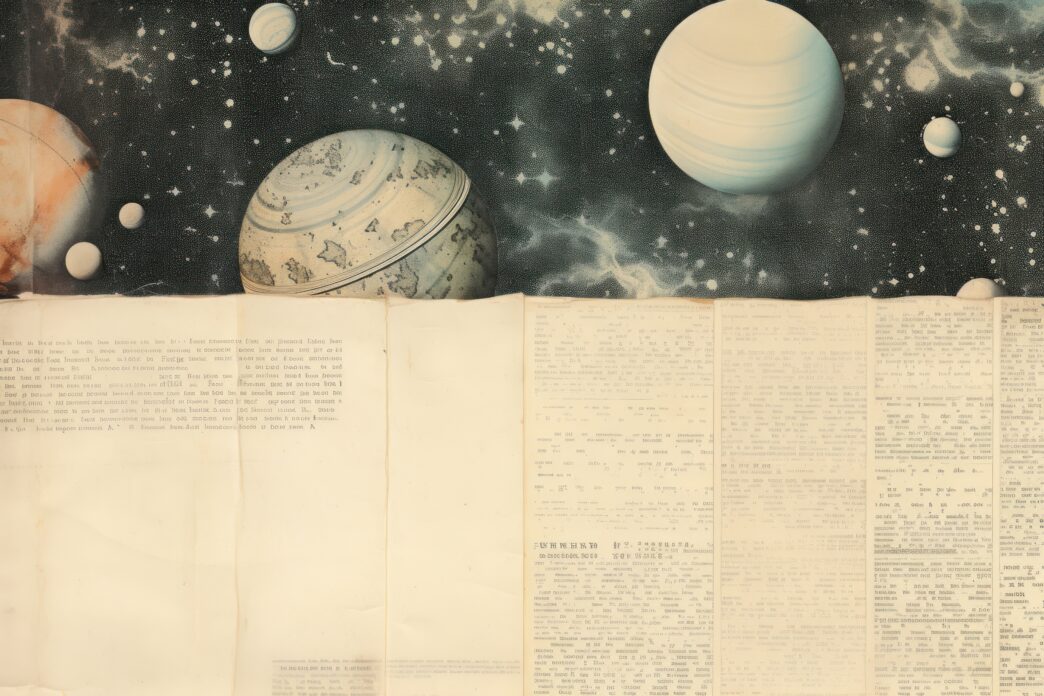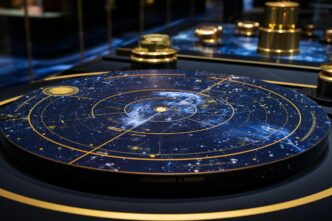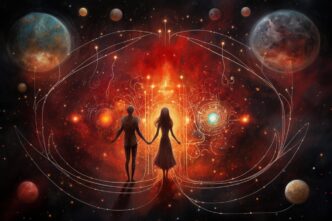A Glimpse of the Stars
Where the Planets Stand
Guiding Your Journey
Different Views of the Cosmos
From the mystical scrolls of ancient civilizations to the morning ritual of millions flipping through newspaper pages, horoscopes have journeyed through millennia to become a pervasive and beloved fixture in modern media. This fascinating evolution saw an ancient predictive art, once reserved for royalty and scholars, democratized by the printing press in the early 20th century, transforming cosmic influences into accessible daily guidance for the masses. Beginning with a specific birth chart reading for a British royal in 1930, daily zodiac forecasts rapidly conquered newspapers worldwide, offering readers a unique blend of entertainment, self-reflection, and a comforting sense of cosmic order amidst the everyday.
The Ancient Roots of Cosmic Guidance
Astrology, the foundational system from which horoscopes derive, is one of humanity’s oldest intellectual traditions, dating back thousands of years. Early civilizations in Mesopotamia, particularly the Babylonians, meticulously observed celestial patterns, believing the movements of planets and stars held divine messages. These early astrologers developed sophisticated systems to track astronomical events, correlating them with earthly occurrences and the fates of kings and empires.
The Egyptians later integrated these astrological concepts with their own pantheon, while the Greeks refined and systematized the zodiac, assigning specific characteristics to each of the twelve signs. This Hellenistic astrology, with its emphasis on individual birth charts, formed the bedrock of what we recognize as modern Western astrology. For centuries, astrology was considered a legitimate science, intertwined with astronomy, medicine, and philosophy, studied by luminaries from Ptolemy to Kepler.
From Personal Charts to Mass Media
While astrology had a long and rich history, its widespread dissemination to the general public in a daily, digestible format was a relatively recent phenomenon. Before the 20th century, astrological readings were typically bespoke, requiring an astrologer to calculate a complex natal chart based on an individual’s precise birth time and location. This personalized approach made astrology largely inaccessible to the average person, usually reserved for those with means or political power.
The pivotal moment for horoscopes in newspapers arrived in 1930. British astrologer R.H. Naylor was commissioned by the *Sunday Express* to write a birth chart analysis for Princess Margaret, who had just been born. His predictions for the young royal’s future captivated the public imagination, leading the newspaper to ask Naylor to write generalized predictions for all those born in the same week.
This initial success quickly expanded into daily forecasts for each of the twelve zodiac signs. Naylor’s column, “What the Stars Foretell,” became an instant hit, transforming a niche practice into a mass-market product. Readers were fascinated by the idea that their birth date could offer insights into their personality and future, creating a new form of daily engagement with their newspaper.
The Psychological Appeal and Rise of a Staple
The rapid adoption of horoscopes by newspapers globally was not merely a fad; it tapped into deep psychological needs. In an increasingly complex and often chaotic world, horoscopes offered a sense of order, predictability, and personal relevance. They provided a daily moment of self-reflection, a gentle nudge towards introspection, or simply a lighthearted diversion from the day’s grim headlines.
This appeal is partly explained by the Barnum Effect, where individuals readily accept generalized statements as specifically applicable to themselves. Daily horoscopes, by their very nature, are broad, allowing readers to find personal meaning and connection within the general advice. They offer a comforting illusion of control or understanding in an unpredictable world, fostering a sense of hope or validation.
Newspaper editors quickly recognized the immense popularity and circulation-boosting power of horoscope columns. They were inexpensive to produce, required minimal space, and guaranteed reader engagement. Soon, horoscopes became a standard feature, alongside crosswords and comics, evolving into a cultural touchstone that spanned demographics and social classes.
Standardization and Syndication
As horoscopes grew in popularity, the format became increasingly standardized. The concept of twelve distinct zodiac signs, each with its own set of personality traits and daily forecast, became universally recognized. This simplification made astrology accessible to a broader audience, removing the complexities of traditional natal chart calculations.
Syndication played a crucial role in the proliferation of horoscopes. Astrologers and writers specializing in zodiac forecasts could sell their columns to multiple newspapers simultaneously, ensuring consistency and widespread reach. This model allowed even smaller local papers to offer their readers a daily dose of cosmic insight without needing an in-house astrologer. The language used in these columns evolved to be encouraging, aspirational, and often open to interpretation, further enhancing their broad appeal.
Horoscopes in the Digital Age
The advent of the internet and digital media presented a new frontier for horoscopes, transforming how people accessed and engaged with astrological content. While newspapers continue to feature them, the digital realm has expanded their reach and depth significantly. Websites, dedicated astrology apps, social media accounts, and online publications now offer not only daily horoscopes but also in-depth articles, personalized readings, and educational content on various astrological concepts.
This digital evolution has allowed for greater personalization, moving beyond the generalized twelve-sign forecasts to offer more nuanced insights based on a user’s full birth chart. It has also fostered a vibrant online community for astrology enthusiasts, enabling discussions, learning, and the sharing of experiences. Despite scientific skepticism, the enduring presence of horoscopes in both print and digital media underscores their profound cultural significance and their role as a daily ritual for millions.
The Enduring Allure
Horoscopes, born from ancient celestial observations and propelled into the mainstream by 20th-century newspapers, have cemented their place as a unique blend of entertainment, introspection, and cultural phenomenon. They offer a daily moment of connection to something larger than oneself, a reminder of the universe’s intricate dance, and a gentle invitation to reflect on one’s path. Their journey from esoteric practice to ubiquitous media feature highlights humanity’s timeless quest for meaning, guidance, and a touch of magic in the everyday.
All About Your Zodiac Sign
Get your daily horoscope, tailored for you and those you love. Find out what the stars have in store for every sign, then share the cosmic wisdom.








